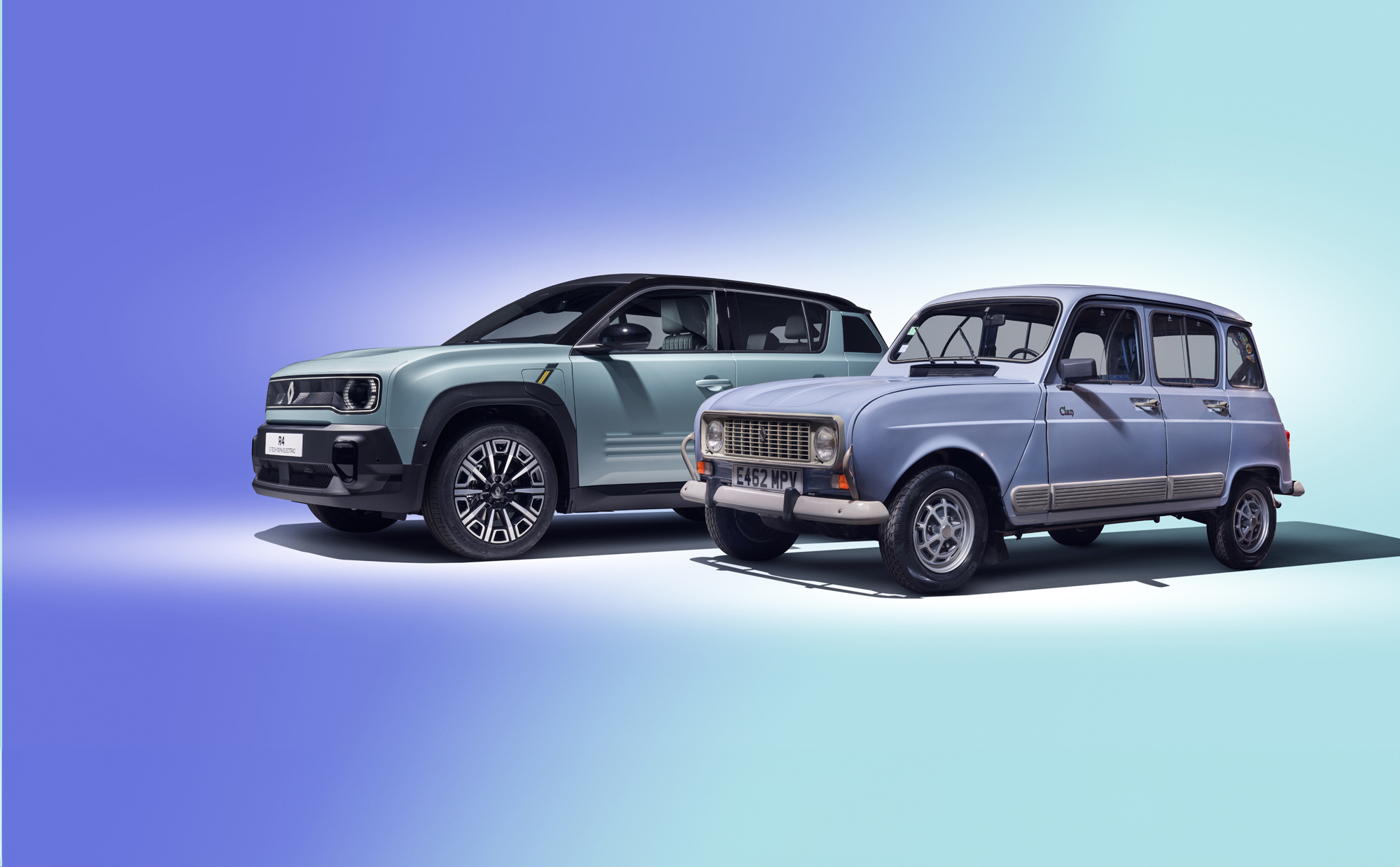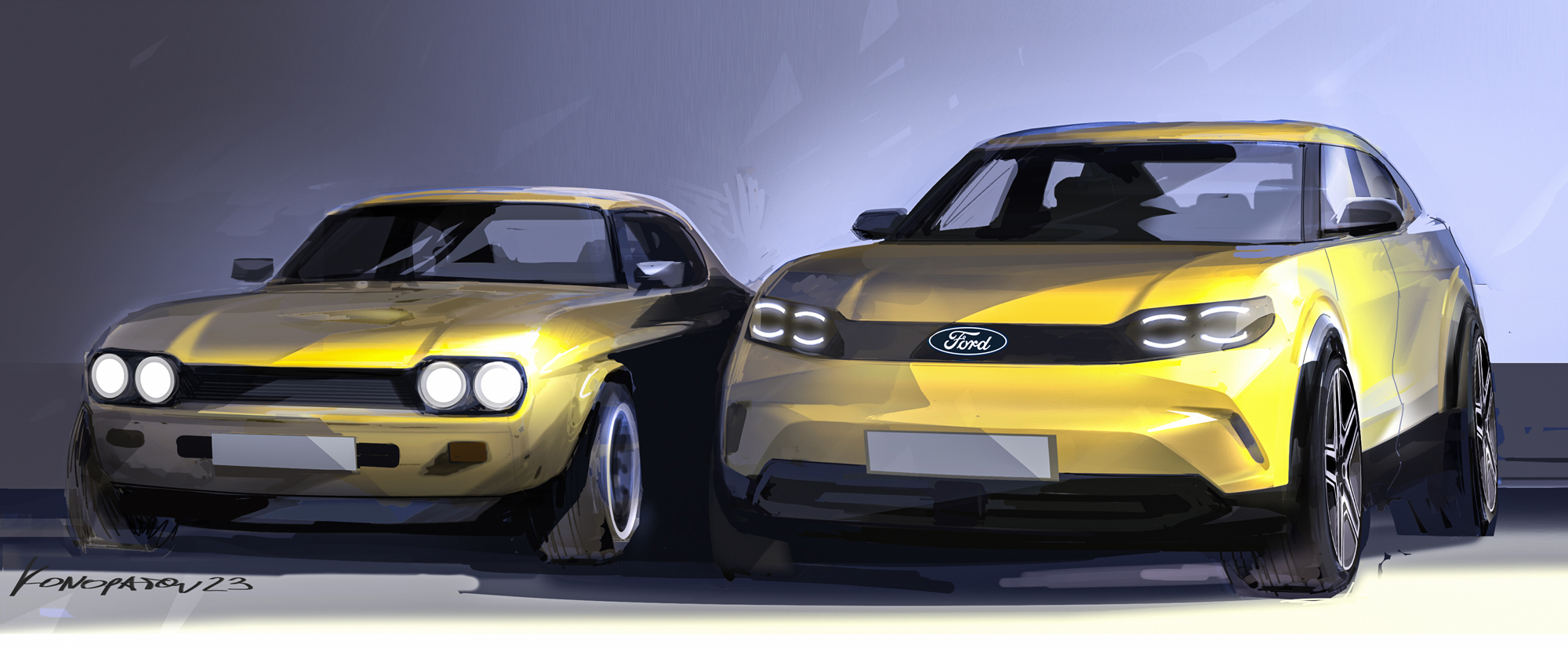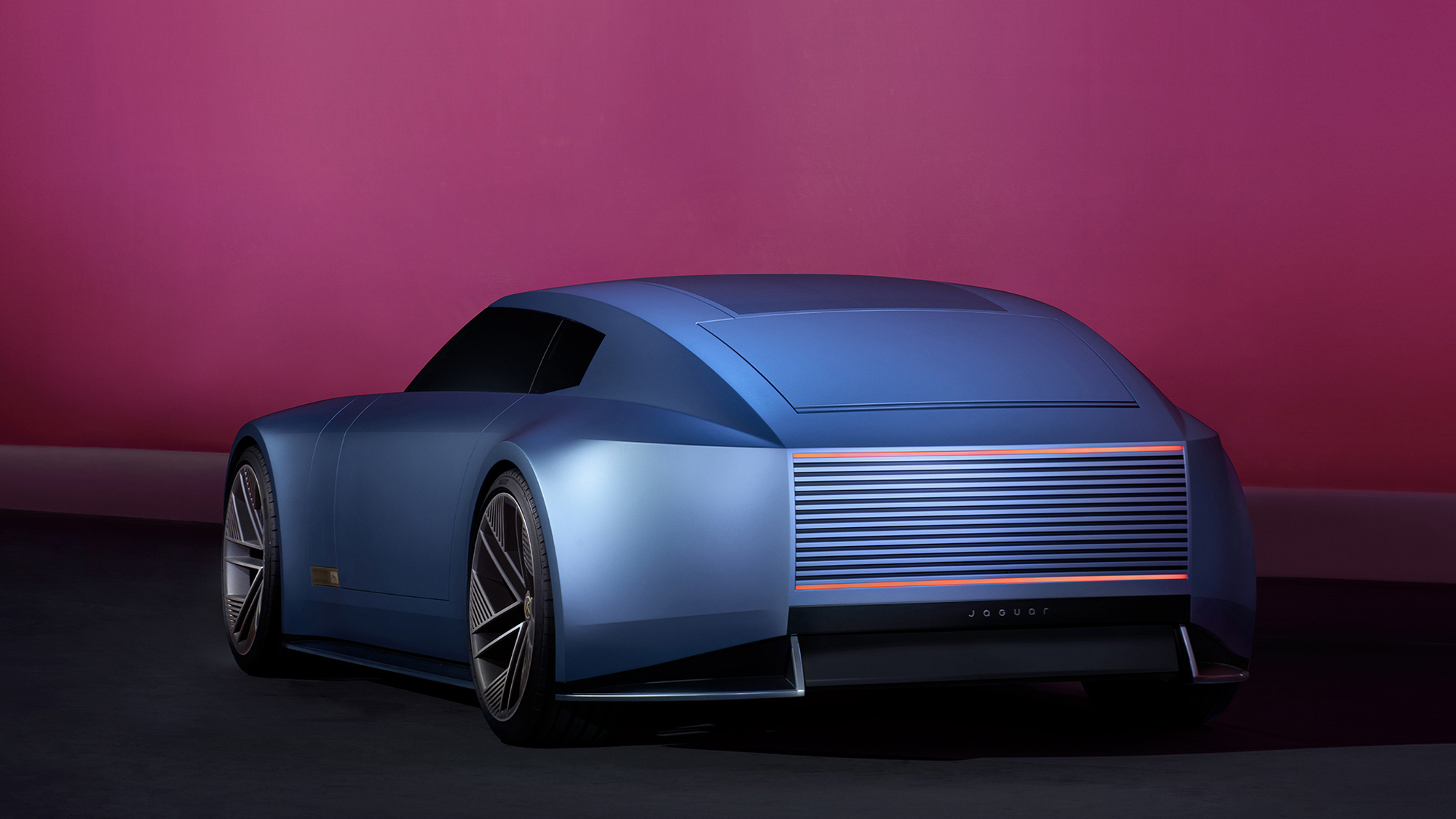The great heritage gamble
Old Henry Ford may have once claimed history was bunk, but a growing number of legacy car makers are today hoping history means bucks.

In an era when a company that barely a decade ago was making smartphones can produce a Porsche-beating electric car, as Xiaomi has done with its ridiculously fast SU7 Ultra sedan, heritage is perhaps the one thing that sets the old timers apart from their increasingly competent Chinese rivals. And the smart ones are trying to turn that to their advantage.
This is not a rerun of the retro craze that 25 years ago spawned cars like the New Beetle, the R50 Mini, the Audi TT, the Jaguar S-Type and the Ford Thunderbird, among others. Those were mostly little more than design whimsies, cleverly rendered remasters of forms and details from another age, cars whose relevance as products was no more than skin deep. The exception was the Mini, a car designed from the wheels up to echo the spirit as well as the style of the original, which BMW brilliantly leveraged into building a complete brand identity.
It’s tempting to regard Renault’s new electric-powered reinventions of its iconic 4 and 5 models simply as 21st century retro cars. But that is selling them short, says Renault’s global marketing director, Arnoud Belloni. ‘People say when you revive your icons you have no imagination. That’s wrong.’ Belloni points out that that as the average age of the new car buyer in Europe now is 50, there is a whole cohort of potential customers with strong – and fond – memories of the original 4 and 5 models when they were fixtures on French roads. ‘Why should we do cars nobody wants, when we can do cars people are asking for?’ he says.
‘When you have a heritage, you tell a story. You cherish it, you use it to nurture the present and the future’

More importantly, Renault, much like BMW did with the launch of the R50 Mini, has supported the launch of the new 4 and 5 with a range of merchandise – everything from clothing to coffee machines, surfboards to satchels – whose pop culture vibe appeals to a much younger audience. Leveraging heritage can add value to a brand, Belloni contends. ‘The best example of a perfect treatment of heritage in terms of value creation is the French luxury industry,’ he says, citing brands such as Louis Vuitton and Dior. ‘When you have a heritage, you tell a story. You cherish it, you use it to nurture the present, and to nurture the future.’
Indeed, whether it’s Louis Vuitton and Dior, or Aston Martin and Ferrari, perceptions of the value and desirability of brands essentially boils down to how consumers view the relationship between the products they make and sell, and their backstories. Their heritage. Arnoud Belloni believes Renault’s leveraging of heritage – a reimagined electric-powered Twingo will soon join the new 4 and 5 – provides an opportunity to differentiate it from other mainstream car makers, to make it less of a commodity transportation brand. Mercedes-Benz has long understood this dynamic. It has always sought to position its vehicles at the cutting edge of automotive technology, but it never misses an opportunity to remind the world its founders invented the car.
‘Heritage creates the future,’ says Mercedes-Benz Heritage GmbH boss Marcus Breitschwerdt. And Mercedes-Benz is putting serious money behind that idea. Mercedes-Benz Heritage was established in April 2023 to bring together the various elements of Mercedes-Benz’s vast array of historic assets – the classic car collection, the museums, the archives, the restoration business, and spare parts sales – into a single, for-profit business unit. Breitschwerdt is the former head of Mercedes-Benz Cars Europe and Mercedes-Benz Vans and was for three years the president and CEO of Mercedes-Benz UK. One of the company’s five executive vice-presidents, he reports directly to Mercedes-Benz chairman and CEO Ola Källenius.

That’s a lot of corporate horsepower to throw at a bunch of old cars and some museums. But the thinking behind the creation of Mercedes-Benz Heritage is that it will become the bridge between Mercedes-Benz’s long and remarkable past and a future where its vehicles will be increasingly defined by electric motors, batteries, screens, and computers.
‘Our heritage is striving for breakthrough technology, of thinking through concepts and trying new solutions,’ says Breitschwerdt. ‘It’s not a break in the chain to go from internal combustion engines to electric motors. It is simply following our heritage, and by using the collection, the museum, the archives, the events, our knowledge, we can explain that.’
It’s not unreasonable to suggest Mercedes-Benz’s history makes credible the idea its EVs will be cutting-edge cars. But Breitschwerdt admits making EV technology feel luxurious will be a challenge. ‘A battery does many things, but it doesn’t cry luxury. There is no battery watch in the world that is a luxury watch.’ That’s a conundrum Jaguar is also hoping it can use heritage to resolve.
‘Sir William Lyons believed that a Jaguar should be a copy of nothing’

The uncompromisingly blunt, extravagantly proportioned Type 00 electric car concept revealed late last year appeared to thrust a brutalist middle finger at Jaguar’s heritage: ‘Forget everything that went before,’ JLR’s chief creative officer Gerry McGovern had told the design team, and the Type 00 certainly has none of the usual Jaguar archetypes; no hint of curvaceous cars in British Racing Green, their interiors basking in the warm glow of wood, the rich tang of leather, and bright splashes of chrome. But among all the colour and controversy surrounding the launch, Jaguar was careful to play on its heritage: ‘The Type 00 commands attention, like all the best Jaguars of the past,’ said chief exterior designer Tino Segui.
Though few might regard the Type 00 as the logical heir to the gorgeous E-Type that stole the 1961 Geneva motor show, the EVs it previews will lean into the idea that Jaguar has in the past made some of the most progressive production cars of their time. For McGovern, Jaguar’s problem was that it took its heritage too literally: ‘It was looking back too much,’ he says. ‘Jaguar has its roots in originality. Sir William Lyons believed that a Jaguar should be a copy of nothing.’
McGovern says the new generation of Jaguars designed under his direction will recapture the essence of the marque, while making it relevant for a contemporary audience. The danger is that backstory may be a little too nuanced; that consumers may struggle to resolve the disconnect between McGovern’s reductively brutalist electric vehicles and the collective memory of what the Jaguar badge means.
‘China’s car makers may not be able to play the heritage game, but they can buy into it’
Ford’s new Capri, which appends a model name with strong pop-culture resonances to a bland and forgettable electric-powered crossover, is a case in point. The new Capri shows how not to play the heritage game; like the Mustang Mach-E, it comes across as a desperately cynical marketing ploy.
China’s car makers may not be able to play the heritage game, but they can buy into it. For example, the Volvos developed since Geely took over the Swedish car maker look and feel like Volvos, regardless of where they are made. Geely’s Lotus is a trickier proposition: while the Emira is arguably the best Lotus in history in terms of it being a fast, light, agile sports car that’s not fiddly to live with and doesn’t feel worryingly fragile, the big and heavy electric-powered Eletre SUV and Emeya sedan are far from the sorts of cars that fit the Colin Chapman backstory.
Geely’s cleverest heritage play is perhaps the LEVC Taxi, a modern hybrid minivan whose design riffs on the form of the classic Austin FX4 that has been a part of London’s streetscape since 1957 and overlays it with vastly improved functionality.
Will the great heritage gamble work? It may give some legacy car makers a tangible edge over their fast-evolving Chinese rivals. But not for long. Tomorrow’s history is being written today. Xiaomi has already built a car that can beat a Porsche. It’s already creating its own heritage.
Images: Getty, Tesla, Polestar

